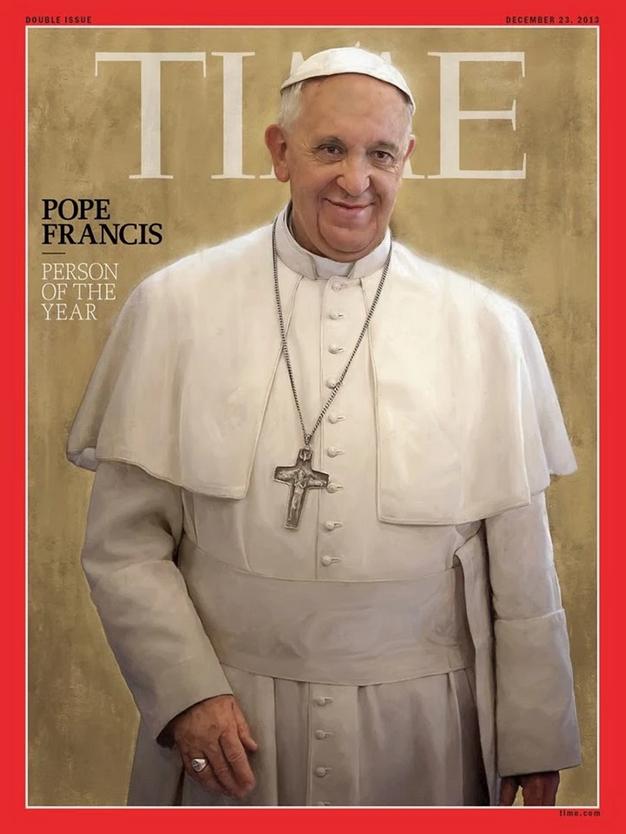Did Pope Francis, with his revolutionary spirit, inadvertently ignite a conservative resurgence within the American Catholic Church? The evidence suggests a complex interplay: while his pontificate undoubtedly invigorated Catholics, the ripples extended far beyond the progressive agenda, galvanizing a potent conservative counter-movement.
The papacy of Francis, marked by its emphasis on mercy, inclusivity, and a more decentralized church, has undoubtedly left an indelible mark. His pronouncements on social justice, climate change, and the marginalized resonated deeply with many, inspiring hope and a renewed sense of purpose. However, the very nature of his reforms, perceived as a departure from traditional doctrines by some, has fueled a powerful backlash. Conservatives, feeling their values threatened, have rallied in defense of what they see as the enduring principles of the faith. This division underscores the inherent complexities of navigating the modern world while adhering to long-held religious tenets, demonstrating the deep-seated cultural and theological divisions within the Catholic Church itself. The repercussions of this internal struggle, as we will see, are shaping the future of Catholicism in the United States and beyond.
To better understand the figures involved in this complex situation, consider the following:
| Information | |
|---|---|
| Name | Robert Francis Prevost |
| Former Title | Prior to becoming Pope, he was known as Robert Francis Prevost. |
| Nationality | Dual citizen of Peru. |
| Training | Augustinian-trained. |
| Alignment | Generally in line with Francis’s vision for the church. |
| Known For | His views and influence within the Catholic Church. |
| Significant Dates | His papacy has influenced the Catholic Church. |
| Key Positions | In line with Francis’s vision for the church. |
| Noteworthy Actions | His work and views continue in the tradition of Francis’s vision. |
| Core Beliefs | His beliefs are in line with the views of Francis. |
| Influence | He is one of the many who are following the footsteps of Pope Francis |
| Related Figures | Cardinal Luis Antonio Tagle |
| Related Organizations | The Catholic Church |
| Reference Website | Vatican Website |
The excommunication of individuals for rejecting the Pope's authority and liberal reforms serves as a stark example of the growing tensions. Such actions, while upholding the authority of the papacy, simultaneously highlight the deep divisions within the church. This has led to a more polarized environment, where ideological lines are sharply drawn, and the room for compromise appears to shrink. The clash between those who embrace change and those who champion tradition is now a central theme in the narrative of the American Catholic Church.
The question of whether Pope Francis can be characterized as a liberal is itself a complex one. While his actions and statements often align with progressive ideals, particularly in areas of social justice, his theological stances are often rooted in established doctrine. From a conservative perspective, his willingness to engage in dialogue with those on the periphery, coupled with his calls for a more merciful approach, may be seen as a significant shift. Conversely, his supporters see him as a courageous reformer, updating the church for the modern era.
The perception of Pope Francis's agenda varies dramatically depending on who is asked. For some, he embodies a hopeful vision of a more inclusive and compassionate church. For others, he represents a threat to traditional values, a figure eroding the foundations of faith. The different viewpoints reflect deeply held beliefs about the nature of the church, the role of the papacy, and the relationship between faith and the modern world. This is not merely a theological debate; it is a struggle for the soul of Catholicism itself.
The rise of dissenting voices within the church, particularly in regions that were once cradles of the Reformation, further complicates the picture. Concerns over issues such as clerical sex abuse, the stance on gay marriage, and rights for transgender individuals have fueled criticism of Pope Francis. These issues have become battlegrounds, highlighting the varying views within the Church. The emergence of these issues indicates a growing feeling that the Church is struggling to maintain control over its internal discourse, and that traditional values are threatened.
Furthermore, the influence of key figures, like Cardinal Luis Antonio Tagle, reflects the different perspectives within the Church. Tagle, a soft liberal, aligns with Pope Francis's reformist vision, advocating for a compassionate and inclusive approach. His position, along with others who share similar views, underscores the diversity within the Church, further complicating the narrative surrounding the papacy and its impact.
Ultimately, the legacy of Pope Francis will be determined not only by his actions but by the responses they elicit. His pontificate has undeniably energized the Catholic Church, but the nature of that energy is multifaceted. Whether viewed as a revolutionary or a destabilizing force, Pope Francis has undeniably created a moment of reckoning within the Catholic Church in the United States, sparking a profound and ongoing conversation about its future.



